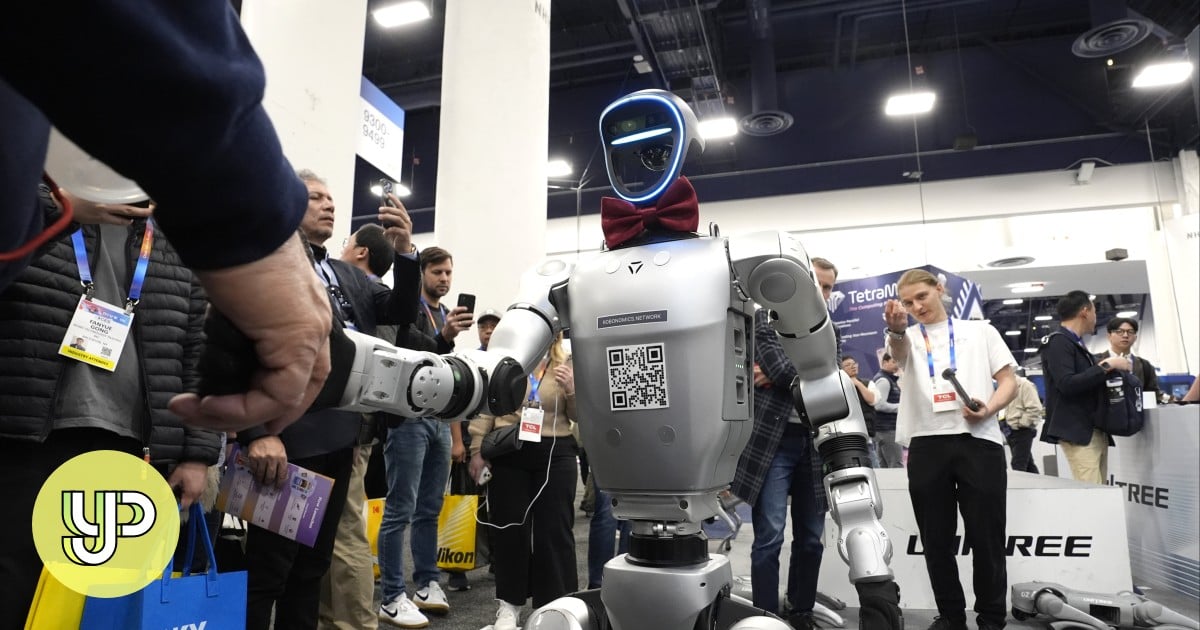Exploring the Race Between the US and China for Dominance in Humanoid Robotics

The Race in Humanoid Robotics: USA vs. China
Overview of the Humanoid Robotics Landscape
The field of humanoid robotics is rapidly evolving, with various countries vying for leadership. In this twenty-first-century race commonly likened to a "space race," China and the United States are at the forefront, each with distinct strategies and objectives.
The Focus of the United States
In the US, the emphasis is predominantly on technological innovation and the exploration of new challenges. Xu Xuecheng, a notable scientist from the Zhejiang Humanoid Robot Innovation Center, encapsulates this sentiment by stating that American efforts revolve around remaining pioneers in technology. Their approach typically involves pushing boundaries in research and development, often targeting advanced applications that are yet to be realized.
China’s Practical Approach
On the other hand, Chinese companies are concentrating on the practical application of humanoid robots. They aim to integrate existing technologies into real-world scenarios rather than solely focusing on groundbreaking innovations. Xu Xuecheng clarifies that the Chinese strategy leans heavily on making humanoid robots useful in everyday life, thus catering to immediate market needs.
The Impact of Advances in AI Technology
A significant development came earlier this year with the release of DeepSeek’s R1 large language model (LLM). This model surprised industry experts by matching the quality of similar models developed by US firms like OpenAI but at a fraction of the cost. Such advancements in artificial intelligence (AI) could potentially accelerate the progress of humanoid robotics, helping to bridge the gap between theoretical research and concrete applications.
Components of Humanoid Robots
Humanoid robots consist of two essential components: a sophisticated "brain" and a dynamic "body."
Brain: Equipped with AI, machine learning, and sensor technologies, this component enables the robot to perceive its surroundings and respond accordingly.
- Body: Constructed from lightweight materials, the body features flexible joints that allow lifelike movement. Together, these elements empower robots to simulate human-like behavior effectively.
The Manufacturing Edge of China
China’s renowned status as the "world’s factory" extends into the realm of robotics. According to the International Federation of Robotics, over half of all global robot installations occurred in China in 2023. This manufacturing prowess allows Chinese companies to take advantage of cost efficiencies as they eye domestic and international markets.
However, there are critical pricing challenges to consider. He Liang, a professor at Northwestern Polytechnical University, states that if companies cannot keep the prices of their humanoid robots below 200,000 yuan (approximately HK$212,664), they will struggle to attract buyers. Currently, many businesses prioritize market share over profitability, which has led to a de facto price war in the industry.
Competitive Pricing Strategies
Several companies have started announcing their production plans and pricing strategies. For instance, Unitree has unveiled an entry-level G1 model priced at just 99,000 yuan (around HK$105,269). This is significantly lower than the typical market price of 500,000 yuan (approximately HK$531,661) that most competitors are charging.
Wang Xingxing, the founder of Unitree, asserts that costs are likely to decrease even more as production scales up, resulting in greater affordability for consumers. This trend is essential, especially in a rapidly changing market where price could dictate the success of robots in the consumer landscape.
Advantages and Future Prospects
The competition between China and the US in humanoid robotics showcases their unique strengths. China benefits from an established manufacturing infrastructure, financial resources, and significant market potential, while the US remains a leader in pioneering innovative technologies.
As the humanoid robotics market progresses, it will be interesting to watch how these contrasting strategies will shape the future landscape of robotics, influencing everything from pricing to functionality and market dominance.





